
A Sampling of New Media Literature
from Antiquity to the 21st Century
Note: viewing is best when you enlarge your browser viewing space to maxium.
Ever since early humans scratched the first signs onto cave walls, we've had something like concrete poetry. Pictographs, petroglyphs, hieroglyphs, ideograms, logographic writing of various kinds—all are relatives of the concrete poem.
In the 4th and 3rd centuries BC, we get Greek manuscripts with "memorial texts in the shape of urns or other more fanciful visual forms" (Drucker 110).
By the Rennaissance, we get documents such as these:

Hrabanus Marus "De adoratione crucis ab opifice / De Laudibus Sanctae Crucis" Augsburg, 1605

Richard Willes, "Ara Christiani Religioni Poematum Liber" London, 1573
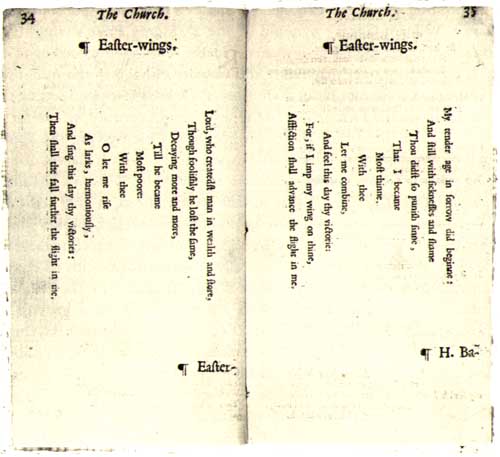
George Herbert, "Easter Wings / The Temple" Cambridge, 1633
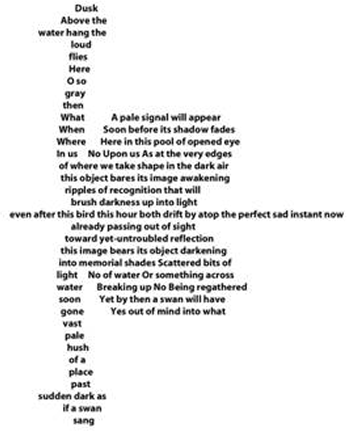
Source unknown.
The 20th century saw great interest in concrete poetry, and by "the end of that century there is a fully developed, very complex, continually interrogated, and hightly varied range of work being produced in which visual and verbal distinctions are difficult to sustain" (111).
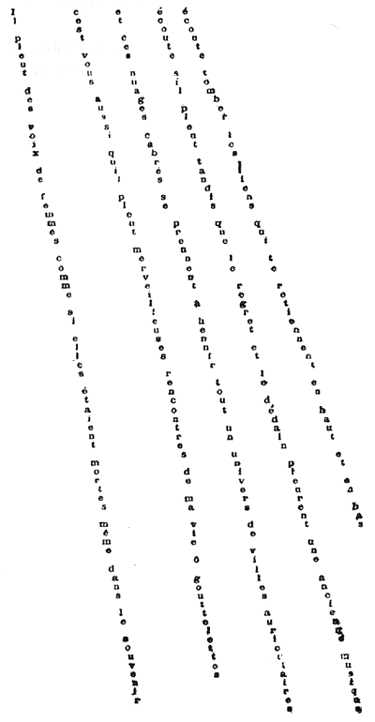
Apollinaire: "Il Pleut", 1912-1918


"Organismo Animation" (the same piece as above, but animated)

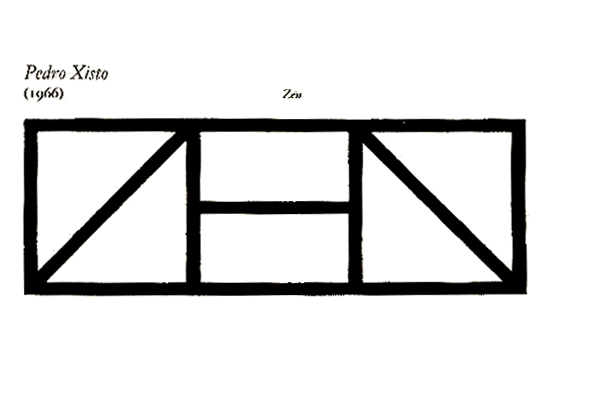

Lixo = garbage; waste
Luxo = opulence; luxury

Richard Kostelanetz, from WordWorks
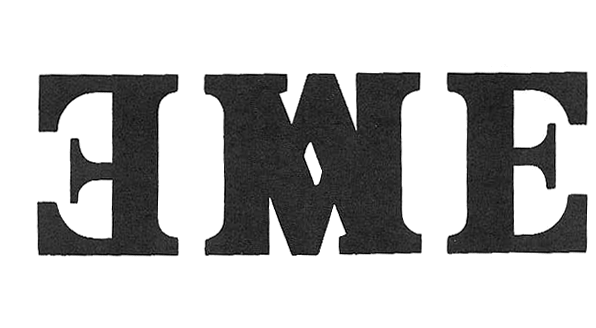
Richard Kostelanetz, from WordWorks

Richard Kostelanetz, from WordWorks

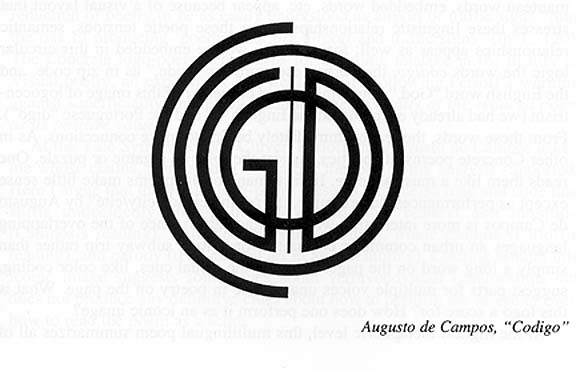
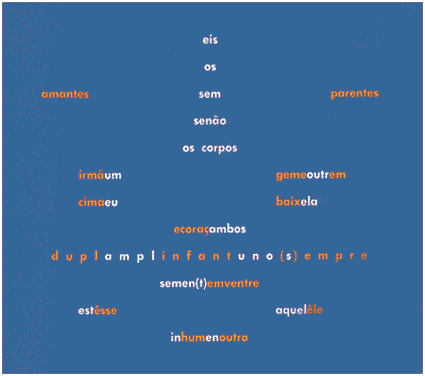
Augusto de Campos, "Poetanemos" (1953)

Décio Pignatari, "beba coca cola"

José Cáceres, "feo"
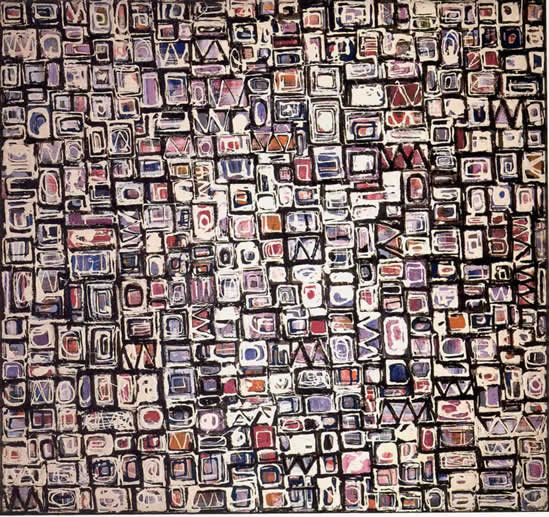
Lee Krasner

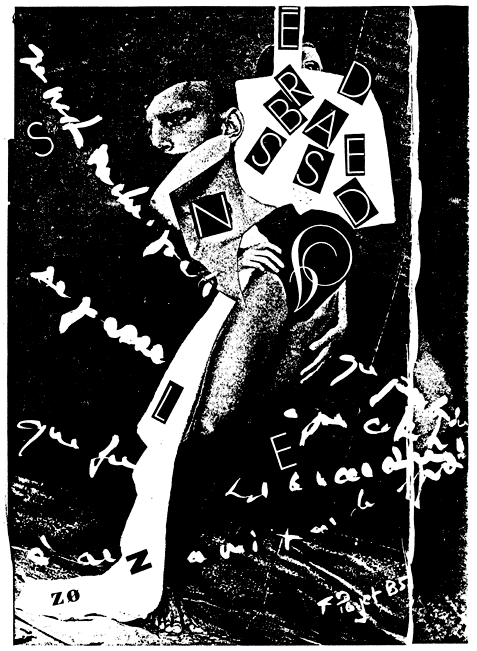
François Poyet, "Untitled"
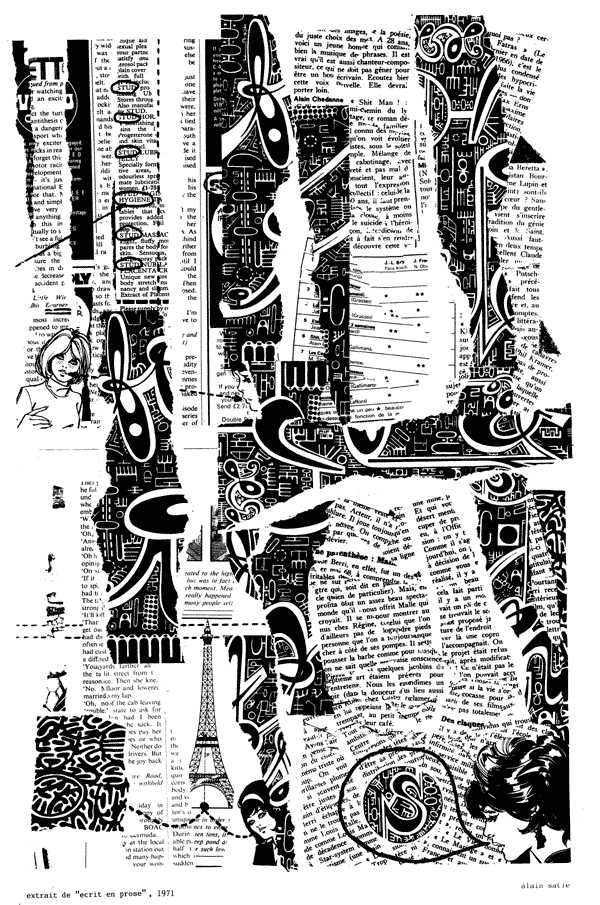
Alain Satie


Work by Susan Howe, who is considered a "language" poet. You can see how the language school obviously shares some affinities with concretists.
New Media: Concrete/Visual Writing for the 21st Century
Return to Power Point New Media Literature before continuing presentatioon
Most recommended:
http://www.eastgate.com/ReadingRoom.html (check out especially a piece called "HELP." Also Michael Joyce's ""Twelve Blue." )
http://www.ubu.com/contemp/ (excellent site FULL of stuff; probably the best on the Web; check out Brian Kim Stefans' "The Dreamlife of Letters" in the Contemporary list—I'm very fond of that one. This site also has a huge amount of info on history and theory of visual work.)
From RMIT University in Australia:
http://www.streaming.rmit.edu.au/ (check out several of these, especially Simon Norton and Jacinta Schreuder)Bill Marsh's Landscapes at Beehive. Click directly on the box. (Explore other work at the Beehive site as well.)
Word Circuits (a multi-featured site, including bulletin board, gallery of poetry and fiction, commentary, studio and resources. Robert Kendall is site director and gallery editor; Deena Larson edits the Hypertext Writers Workshop. "This is a watering hole for new media poetry and fiction--indigenously electronic work that couldn't be realized in print. Hypertext is the mainstay here, but we also deal in more exotic forms of cybertext, which exploit such innovations as text-generating algorithms or animated text that moves and mutates on the screen. Welcome to the world of hypertextual, interactive, self-generating, kinetic, and multimedia poetry and fiction.")
http://www.eastgate.com/malloy/welcome.html
http://www.eastgate.com/LastingImage/Welcome.html
Charles Bernstein's Work (scroll down and find link to his "Visual Work.")
http://www.eastgate.com/TwelveBlue/Welcome.html
Instructor play:
Other stuff:
I like to play around with "poetry on bodies." This is a James Wright poem on a body.

Same poem.

This time the embedded text is a philosophical treatise.
I also like to play with poems. This is Wordsworth's "The World Is Too Much With Us"